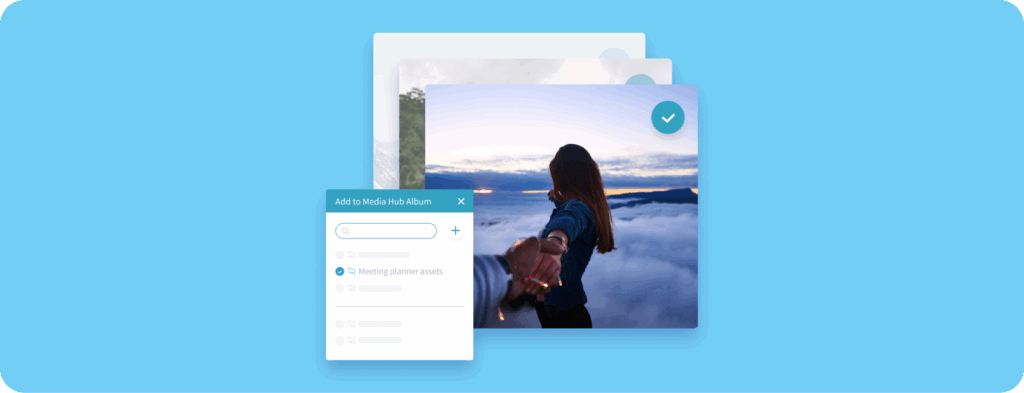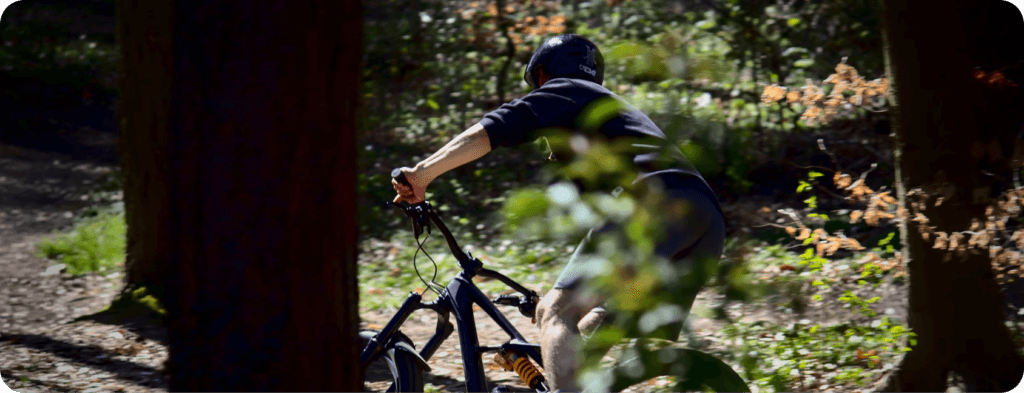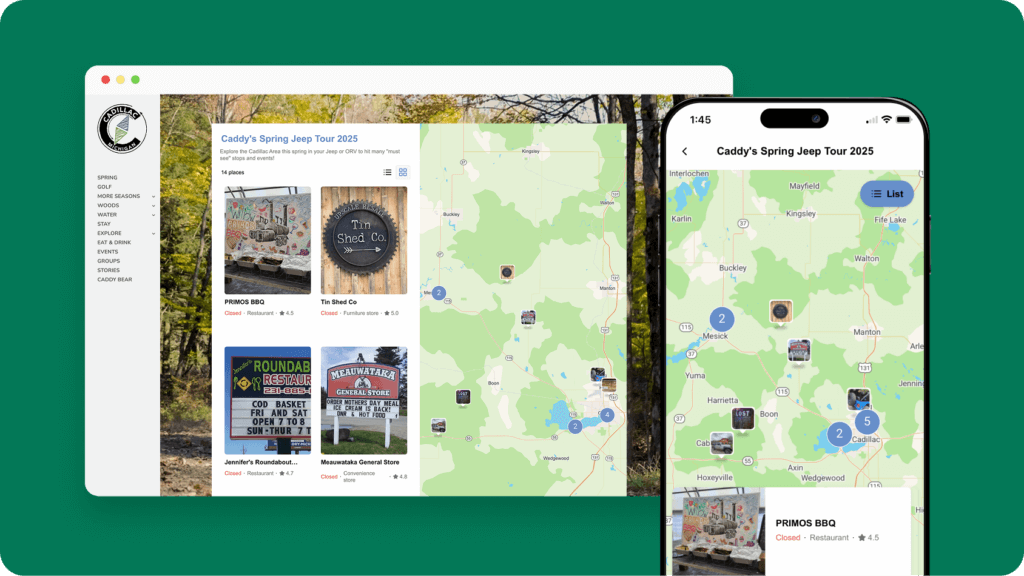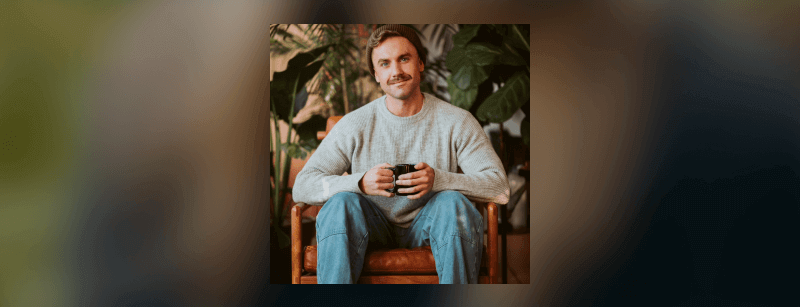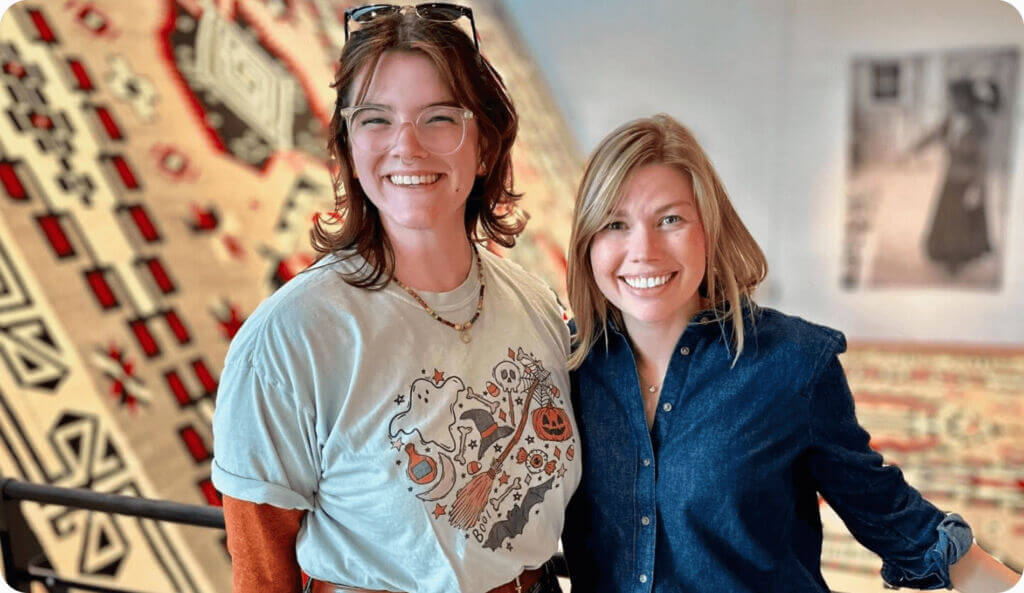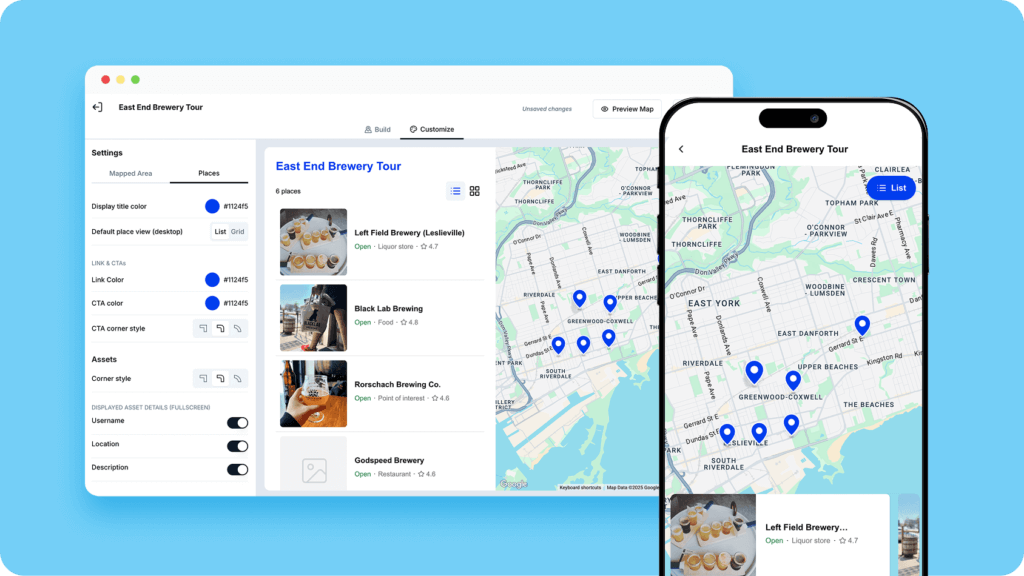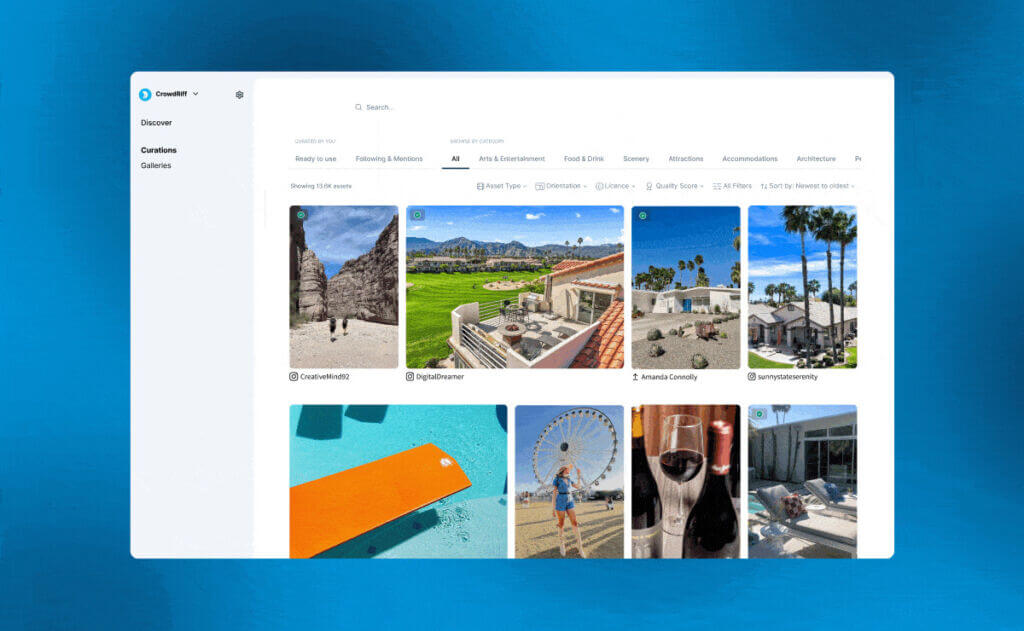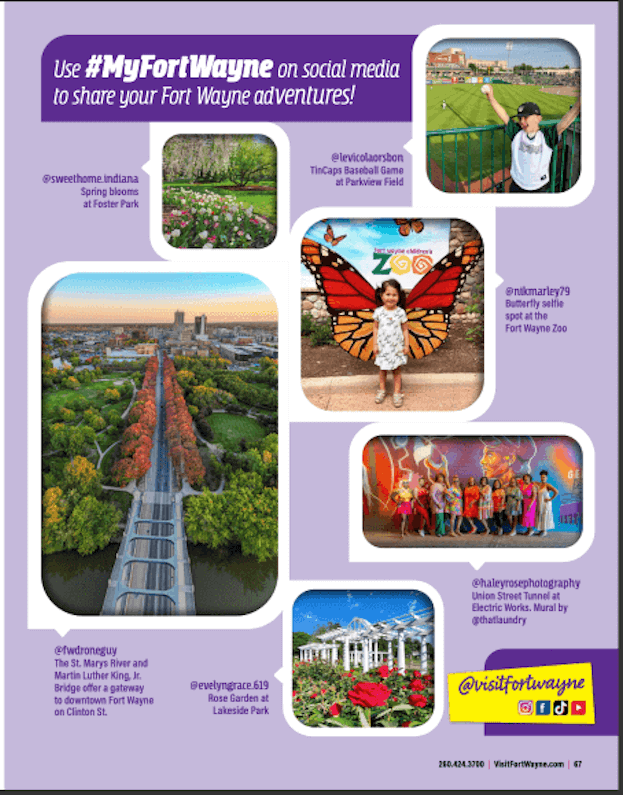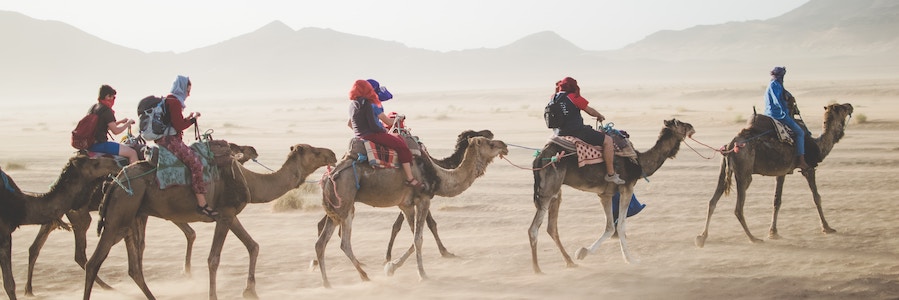
Improve your rankings on Google, spend more on paid ads, remarket on TripAdvisor. If you want to know how to sell more tours, these are all great marketing strategies.
But consider this.
What’s the point of ranking on Google if potential visitors bounce quickly?
Why put money into paid ads if no one is clicking them?
And, how can you market the complexity and price of your packaged tour in an online booking environment?
The problem isn’t just that these strategies can be costly and time consuming, it’s also that you need the right content to make them worth your while.
What’s the answer?
A strategy focused first on visual marketing—images, video and other multimedia—can help you sell more tours, stand out among the competition and work smarter. And it works.
- 50% of travelers recall visual ads they’ve seen online when booking a trip (Phocuswight)
- 60% of consumers are more likely to consider or contact a business that has an image show up in local search results (MDG Advertising)
- 55% of 18-65 year olds booked trips based on Instagram posts (The Telegraph)
It’s no wonder, then, that 80 percent of marketers now use visuals in their social campaigns.
But just how do you sell tours with visuals?
1. Integrate UGC Into Your Existing Marketing Strategy
Not all visuals are created equal. The thing is, travelers don’t trust conventional ads—the commercials that run on TV and other brand created content.
Consumers do, however, trust online reviews. In fact, 88 percent of them trust reviews as much as personal recommendations from friends and family.
This is where user-generated content (UGC) comes in. If you rely solely on brand-created or influencer-generated content—like most tour marketers do—you risk your online marketing looking like everyone else.
The benefits of UGC
But by using UGC, you get to tap into a large volume and variety of content, stretch your budget and create marketing that stands out. See how New Zealand tour operator Haka used UGC to help relaunch their website, resulting in 45% lower bounce rate, 75% higher page views and 30% more sessions per user.
UGC isn’t just good for your website, though.
You can use it on social media, for blog posts, in email, and other online and offline channels: print ads, brochures, on-site signage, you name it.
How to do it
You don’t need to stop what’s already working. The point is to find the best visual for the job. While you might use an influencer to tap into a new audience segment and drone footage to showcase parts of a tour, UGC helps curate authentic, once-in-a-lifetime content from travelers. And this is the kind of content that often converts best.
2. Stand Out From Other Tour Operators
Travel and tourism is a crowded space. The number of tour operators in the United States has grown by 2.7 percent in the past five years. Leading industry experts predict the industry will generate $8 billion in revenue by the end of this year.
How do you differentiate from other tour companies that market similar kinds of experiences—both in your region and at your trip destination?
Showcase travelers on specific trips
Use visuals that showcase travelers enjoying each one of your tours. Try creating a hashtag for each trip or activity, and incentivizing travelers to share content with a contest.
Use visuals to communicate each experience in detail
You are your brand’s curator.
If you offer pre-packaged tours, find out what travelers love. Is it the close-up experience with the Llamas? Is it the adrenaline-pumping Heli biking? If people are posting about a certain experience more, that portion of the trip could be a great area to highlight in your marketing.
It could also shed light on what to replicate across other product offerings.
Create unique visuals that resonate with target audiences
Travelers who are already on vacation might book a tour on a whim, for example, and your marketing should reflect this. Domestic consumers, on the other hand, are at the top of the marketing funnel and will weigh up their options before they commit to a tour.
Target different domestic segments with different campaigns, too. Travelers on the East Coast might prefer tours in warmer climates, for example. Millennials, however, might crave adventures like snowboarding, swimming, and snorkeling.
How to do it
Ask yourself: does your current marketing do justice to each tour? Does your visual strategy reflect the audience you want to attract?
Use Google Analytics and Looker Studio to track the performance of each visual and repurpose the best ones to drive more engagement where it matters.
3. Make Social Media Content Actionable
Instagram, Twitter, Facebook, Pinterest, Tumblr, even Snapchat—these social platforms are goldmines for you. Instead of allowing people to lose momentum, make the booking experience fun and capture their anticipation when it matters most.
- Run contests to give away tours and discount codes.
- Use UGC to showcase a new tour offering.
- Share and repost videos on your Instagram stories.
- Retweet posts from travelers.
- Create ‘Swipe Up’ opportunities for direct bookings.
You can also use social media to work with local destination marketing organizations (DMOs) and other partners. DMOs promote your tour destinations to travelers in local markets, and they can expose your travel experiences to new audiences.
How to do it
Use social media to increase exposure and tour bookings. DMOs, in particular, can help you reach a whole new audience online.
These are just three visual content marketing tips that you need to know about. Follow the points above, and you’re set up to sell more tours in an ever-crowded marketplace.



